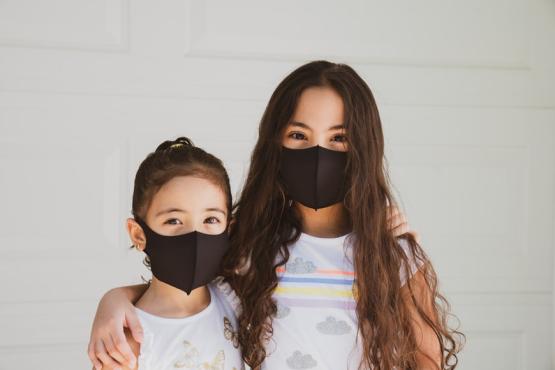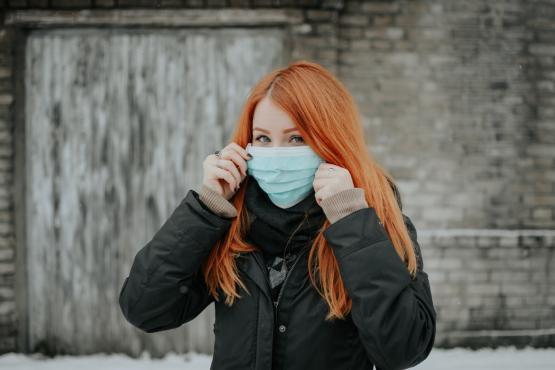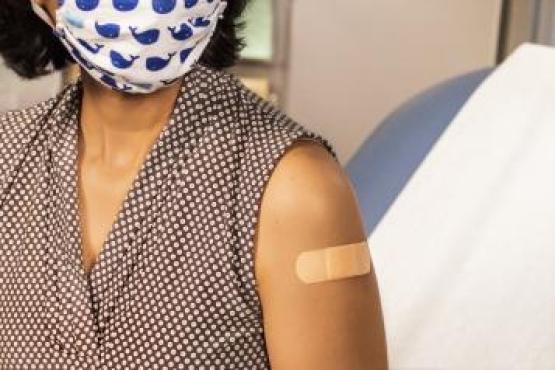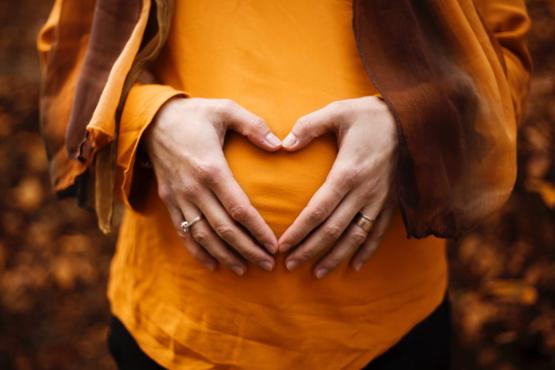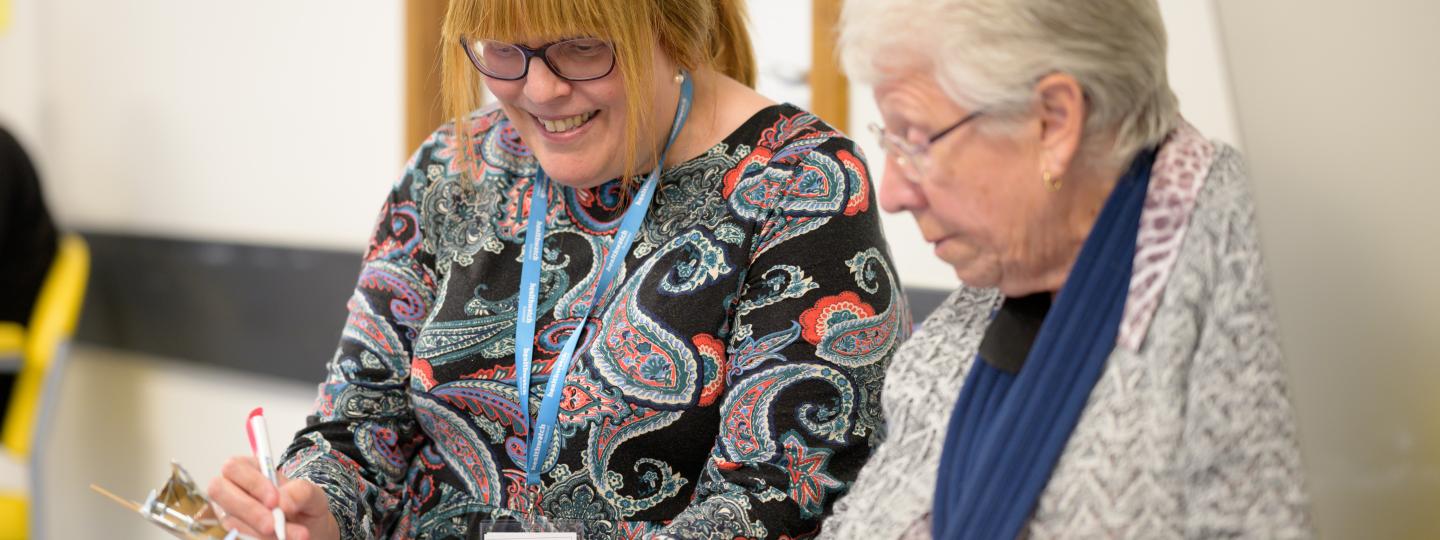Coronavirus Advice
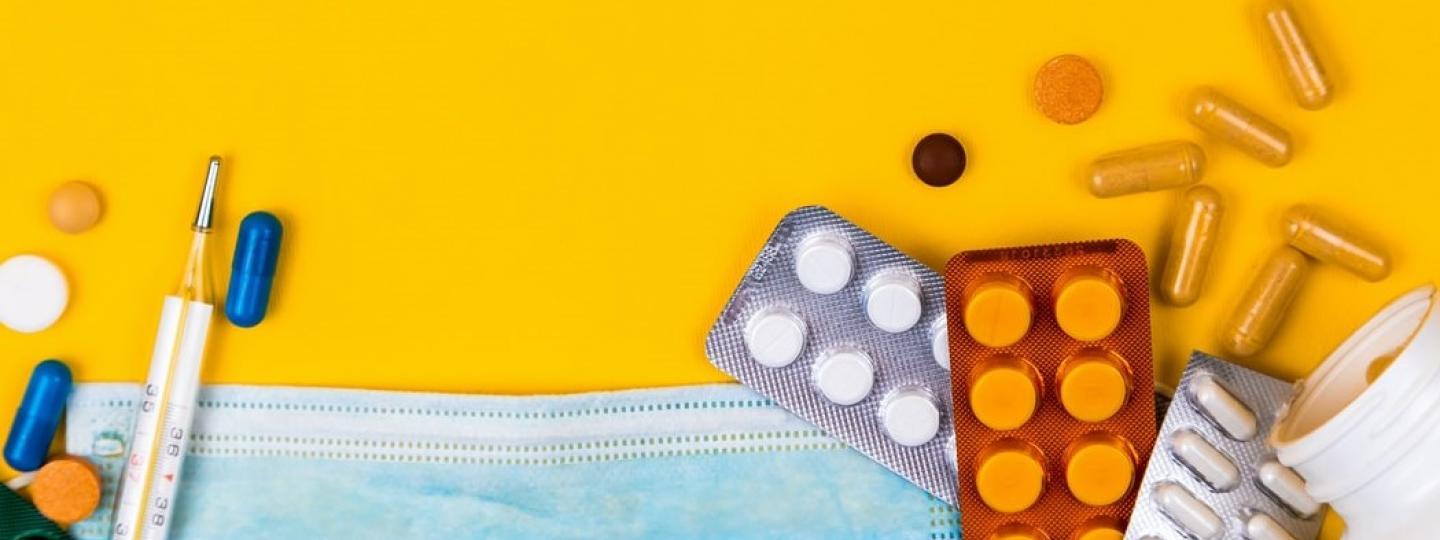
In response to the current crisis surrounding coronavirus (COVID-19), we have put together some key information that we hope will be useful to the public within Hertfordshire and beyond.
COVID-19 Laws have Changed
The government published its "Living with COVID-19" plan in February 2022, which scrapped many legal measures brought in to help stop the spread of COVID-19 and replaced it with guidance.
Although all legal requirements to wear face coverings in public places were dropped as part of this plan, it's important to remember that face coverings are still necessary and encouraged in many health & social care settings (e.g. GP Surgery, hospital, care homes, etc).
COVID-19 Vaccine
The NHS is working hard to roll out the COVID-19 vaccination programme - the biggest it has ever undertaken - at the same time as continuing to be there for everyone who needs care. If you or someone you know have any questions about the vaccine and what to expect when attending the vaccine clinic, click here to access the online information centre.
Eligibility and suitability for the coronavirus vaccine is constantly changing. For the most up to date information on who can have a vaccine, including children and young people, please click here.
Where to access the COVID-19 vaccine
Click here to access NHS England’s online vaccination booking service.
Click here to access the up to date list of walk-in vaccination clinics (including for booster shots*) across Hertfordshire and west Essex.
*A minimum of 3 months must have passed since you received your second (or third, if applicable) vaccination dose in order for you to become eligible to receive the booster.
NHS COVID Pass
A NHS COVID Pass shows your coronavirus (COVID-19) vaccination details or test results. This is your COVID-19 status. You might need to be able to prove your status to travel abroad and/or to attend events in the UK.
How to access your NHS COVID Pass
- You can get a digital version using the NHS App or NHS website. You can download it as a PDF or get it sent to you in an email.
- You can get a NHS COVID Pass letter sent to you in the post. This shows you've been vaccinated against COVID-19. It does not show COVID-19 test results
Find out more about this here.
Getting tested for Coronavirus (COVID-19)
Only specific groups of people can now get tested for COVID-19 for free on the NHS. Only lateral flow tests (15 - 30 minute tests you can do at home) are now available in this way.
If you have one or more of a number of conditions that place you at the highest risk of complications from a coronavirus infection, you will be able to order tests via the government website.
List of conditions that make you eligible for COVID-19 treatments
If you work in the NHS or in social care you may be eligible for free testing if you are:
- NHS patient-facing staff
- staff who deliver NHS services through an independent healthcare provider, and have direct contact with NHS patients
- a social worker
- a personal assistant
- a Shared Lives carer
- a Care Quality Commission (CQC) inspector
If you work in social care settings in other roles, you may be eligible for free tests. You can find out more about the rules for this, here.
You may also be required to test if you are going into hospital for surgery or a procedure; check with the hospital via details provided on your appointment letter to find out what to do if it's unclear.
Where do I order my tests from if I'm eligible?
Symptoms of coronavirus
The symptoms of coronavirus can include:
- a new, continuous cough
- a high temperature
- shortness of breath
- loss or change to your sense of smell or taste
- feeling tired or exhausted
- aching body
- headache
- sore throat
- blocked or runny nose
- loss of appetite
- diarrhoea
- feeling or being sick
But having any of these symptoms does not necessarily mean you have the virus.
How coronavirus is spread
The COVID-19 virus mainly spreads through droplets and aerosol particles (discharged from the mouth and nose when an infected person speaks, breathes, coughs or sneezes).
How to avoid catching or spreading germs?
Do continue to:
- Wear a face covering when you are in an enclosed indoor space; e.g. public transport, visiting hospital, out shopping, or are unable to maintain a 2 metre distance from people.
- Wash your hands with soap and water often – use hand sanitiser gel if soap and water are not available.
- Cover your mouth and nose with a tissue or your sleeve (not your hands) when you cough or sneeze.
- Try to avoid close contact with people who are unwell.
- Put used tissues in the bin straight away.
Don’t:
- Touch your eyes, nose or mouth if your hands are not clean.
Handwashing: How to wash your hands properly
What to do if you think you have any of the coronavirus symptoms
Do not go to a GP surgery, pharmacy or hospital. You should stay at home and self isolate. NHS 111 has an online coronavirus service that can tell you if you need medical help and advise you what to do. Only call 111 if you can’t get help online and if you need to speak to someone.
- If you're eligible (see 'Getting tested for Coronavirus' above) you should get a test to check if you have coronavirus as soon as possible
- Stay at home and do not have visitors until you know your COVID-19 status. Anyone you live with, and anyone in your support bubble, must also stay at home until you get your result
- Use the NHS 111 service online or call 111 if:
- You feel you cannot cope with your symptoms at home
- Your condition gets worse
- Your symptoms do not get better after 7 days
How to self-isolate if you or someone in your household has coronavirus
If there’s a chance you could have coronavirus, government guidance* encourages you to stay away from other people (self-isolate) to avoid spreading the virus.
- Anyone with symptoms should stay at home for 5-10 days**.
- If you live with other people, they should stay at home for at least 14 days, to avoid spreading the infection outside the home (unless you are exempt as you have been fully vaccinated and received the booster)
- After 14 days, anyone you live with who does not have symptoms can return to their normal routine.
- But, if anyone in your home gets symptoms, they should stay at home for 5-10 days from the day their symptoms started. Even if it means they’re at home for longer than 14 days.
For more information about when to self isolate and what this means for families click here.
For Easy Read information on staying at home please click here.
For Easy Read information on the rules for staying at home*** and away from others click here.
*As of Thursday 24th February 2022, legal requirements to self-isolate were removed and replaced with guidance - but individuals are still strongly encouraged to follow the previously legally-required processes for adhering to and leaving self-isolation. This change does not apply to staff working in healthcare settings or in social care settings.
**On Monday 17th January 2022 guidance was released by the UK government stating that individuals can leave isolation after 5 full days of self-isolating as long as they've had two negative LFT results 24 hours apart on days 5 and 6 of isolation, and are no longer experiencing any coronavirus symptoms.
***This information was correct at the time it was written in 2020. To be clear, we do now have a vaccine for coronavirus, which has been rolled out to the population across the United Kingdom.
